Top 9 eCommerce Analytics Tools for Growth [2025]
The top eCommerce Analytics tools to improve your conversion rate, improve your customer journey with heatmaps, user recordings, data dashboards, and much more.
Updated November 6, 2024.
![Top 9 eCommerce Analytics Tools for Growth [{year}] main image](https://entail.mayple.com/en-assets/mayple/6101485f4aa746f98faec139_df1853ecadff375a5204d5bed0ae2432_476b4c58e925ab8021778372088c5be3_2000-1699777204114.jpg)
Meet Steve.
He’s a busy fashion eCommerce store owner and is looking for the best ways to grow his business. Unfortunately, he has no idea which marketing channels deliver the best results for him, or how to get the right data on what’s working and what isn’t. He’s overwhelmed and frustrated.
Does that sound familiar?
Owning a business means you have to wear many hats. Not only do you have to oversee inventory, sales, and customer service, you also have to make important decisions on how to scale your business.
What’s the simplest way to obtain all the data you need to start growing your business? The answer is by using eCommerce analytics tools. These tools will help display all the data for you in one place and will make it easier to make the right decisions for your business.
In this article, we break down the benefits of doing eCommerce analytics and some of the best tools to use to analyze your data.
Let’s dive in.
What is eCommerce Analytics?
eCommerce analytics is the process of gathering data for your online store to make data-driven decisions and increase online sales. By using this data, businesses can understand changes in customer behaviors to price and market products more effectively.
Analytical tools for eCommerce companies provide data for all parts of the consumer journey. They can help discover information on customer acquisition, user experience, cart abandonment, and much more.
What to do with your analytics data
There are several ways you can use your omnichannel analytics data to grow your business.
Boost your conversion rate
Most importantly, data helps you improve your conversion rate. By analyzing your metrics, you’ll gain data-driven insights into how visitors interact with your website. Additionally, you’ll acquire deep insights into where sales come from and their average order value.
Through tools like Google Analytics, you're able to use data for conversion rate optimization (CRO). By studying your customer behavior, you can track important statistics, such as marketing funnel performance.
You can also discover how many users abandon their shopping carts and the number of visitors who view products without taking any action. With analytics data, you may easily test different copy, images, and your checkout pages to improve your conversions.
Use data on your product pages and checkout process to make informed decisions about your online business.
Better segment your audience
Next, you can begin to segment your audience better and send them more personalized offers. You can create segments based on personal attributes, browsing habits or interests, and their activity on your site.
One study showed that campaigns delivered to defined customer segments generated a conversion increase of 200%. This strategy is effective on any marketing channel, including email and paid advertising.
To enhance user experience
Last but not least, there’s the user experience. 50% of consumers state that they’re willing to pay more for a better online shopping experience. And the better that experience the more your users are likely to purchase a second time and refer their friends (read: customer lifetime value).
Using analytics data can provide the information required to build an improved customer experience for your website users. For example, you can use data to display different site content for each user.
Your website could show product recommendations that are based on each user’s activity to create a more personalized shopping experience. You can also improve customer experience by knowing when to interact with visitors.
Now that you know the benefits of using data analytics let’s explore some of the top tools to use for your eCommerce business.
What analytics are important for eCommerce?
The types of analytics that are important for eCommerce businesses are:
- Customer lifetime value (CLV) - how much profit each customer (and potential customer) will bring to the business
- Customer acquisition cost - how much it costs to acquire a customer
- Shopping behavior metrics - Pages per visit and number of products added to cart, time spent on site, bounce rate, and the most popular products on your site.
- Search engine optimization - search volume, rankings on specific keywords, and other SEO metrics
There are many key metrics that you could analyze for your business, and the challenge is knowing which ones to look at. If you're confused, you should chat with a vetted eCommerce expert to help you navigate your eCommerce metrics and build the right reports for your business goals.
The Top Analytics Tools for eCommerce
Here are some of the best eCommerce analytics tools to help you grow your brand.
1. Google Analytics
Google Analytics is one of the most popular data analytics tools for eCommerce. It offers a wide variety of actionable insights for free, providing a great starting point for any eCommerce platform.
It also has a feature called Google Analytics Enhanced Ecommerce that gives eCommerce business owners advanced analytics. This allows a marketing team to easily track traffic at each step of the sales funnel.
Use Google Analytics to:
- Discover where your website traffic is coming from and how these users convert.
- Recognize where drop-off points happen like shopping cart abandonment.
- Find out which pages have the highest bounce rate, as well as the pages that engage visitors for longer.
Drawbacks: Using Google Analytics as a first-time user can be confusing, especially when you have to set up multiple dashboards. Many people find it time-consuming and challenging so use an expert to help you with the setup process. If you’re new to analytics, you may prefer a simpler tool to start with.
Price: Free
Pro tip: want help with your Google Analytics setup? Need to create better reports? Check out our list of the top Google Analytics consultants.
2. Kissmetrics
Kissmetrics is more sophisticated than Google Analytics and it’s perfect for eCommerce marketers who require a wide variety of metrics. Discover the average revenue per person, the visitor-to-purchase conversion rate, and the cart-to-purchase conversion rate.
You can understand the behavior of individual customers while establishing which marketing channels are performing best.
Using the data from Kissmetrics, you have the means to optimize your email campaigns, A/B test your marketing strategies, and improve your website bounce rate by creating pop-up boxes and notifications.
As this eCommerce analytical tool reveals valuable insights into each step of the customer journey, you can easily improve your eCommerce strategies.
Drawbacks: This tool may not be affordable for all teams. If you have the budget, then this tool can prove instrumental in helping to grow your business. There is no free trial so you won’t know if it’s the right tool for you without doing a demo first.
Price: $299/mo, billed annually.
3. Optimizely
Want to create a more personalized experience for shopping success? Optimizely’s features are a good starting point. This eCommerce analytics software focuses on A/B testing and optimization to create a more authentic shopping experience. It’s like hiring an A/B testing specialist and an advanced platform all in one.
Optimizely’s Web Experimentation tool offers a no-code editor that helps you set up A/B tests to improve your site content. Optimizely’s Full Stack tool enables you to roll out new features faster. Collect customer data to know which variations are performing best. Additionally, experiment with chatbots and checkout flows to reduce your cart abandonment rate.
You can purchase Web Experimentation and Full Stack separately depending on your needs, or subscribe to both. The one downside of Optimizely is that it can be time-consuming to use. Some users have also noted a high price point.
Price: $2,000-$3,000/mo
4. Hotjar
Hotjar is a visual tool that helps you see how your users interact with your site using heatmaps. It helps you see the “hot” and “cold” spots on your website and collect feedback from your visitors. You can also create real-time recordings of users to help improve your conversion rates and conversion tracking.
Use Hotjar to:
- Evaluate which copy and CTAs convert the highest
- See which areas of your site need improvement
- Identify weak aspects of your site and funnel to improve your eCommerce KPIs.
Drawbacks: Hotjar doesn’t integrate with Google Analytics so if you’re searching for an all-in-one solution, this probably won’t be the tool for you.
Price: Free + starts at $39/mo
5. Crazy Egg
Crazy Egg started as a heat maps tool but quickly grew to a really popular Shopify app that has everything you need to improve the conversion rate on your site.
- Crazy Egg Discover where customer engagement is happening on your website and what’s being overlooked (heat maps)
- See visitor website clicks in varying colors to determine their traffic referral source (Crazy Egg Confetti). This gives you a deeper look at key customer behavior with your website.
- Determine if your CTA buttons are in the right places (scroll maps)
If you want to know if your CTA buttons are in the correct place, use the scroll map tool to find out.
Crazy Egg is a powerful tool for understanding how online customers interact with your website. Using this data, you can make improvements and A/B tests to boost your eCommerce conversion rate.
Drawbacks: Unfortunately, there are no integrations available with A/B testing tools so that may require some extra time on your part.
Price: Starts at $24/mo.
6. Glew.io
Glew is a tool that’s better for larger eCommerce stores that have 10-25 different marketing channels. It’s really good at aggregating all your business data into easy-to-use dashboards.
This eCommerce software offers powerful insights across your entire business.
- Track sales performance from multiple platforms (your site + marketplaces)
- View key performance indicators
- Build comprehensive reports
- analyze your best-selling products
- Easily view all your customer segments
Glew.io also improves your audience segmentation for email marketing campaigns and advertising. You can even view advanced reports on your audience by pulling data from social media ads.
Drawbacks: Glew.io is a bit more complex tool, providing a learning curve for many users. However, if you require complex reports on business performance, Glew.io is one of the best options out there.
Price: Starts at $79/month, billed annually.
7. Supermetrics
Supermetrics is a simpler version of Glew that helps you seamlessly import all your eCommerce data and then display it in customizable reports. The tool takes your data from social media ads, Shopify, online marketplaces, email tools, and even SEO tools.
You’re then able to analyze which marketing campaigns are contributing to your revenue. You can set up your data to refresh automatically and schedule emails to continually send you reports.
If you want to spend more time concentrating on optimizing your marketing materials, Supermetrics is handy eCommerce software for your ongoing marketing campaigns.
Drawbacks: The only negative here is that Supermetrics doesn’t store data so if you’re tracking trends you’ll need to keep track of this information elsewhere.
Price: Starts at $39/mo.
8. Woopra
Woopra provides customer journey reports to optimize every part of the customer experience. The tool helps you to reduce your average abandonment rate for shopping carts and improve customer retention.
With Woopra, you can really get into the nitty-gritty of every part of the customer journey. You can see things like - how long it takes your average customer to purchase or abandon your site throughout the sales funnel. You can analyze various parts of the process like adding payment or completing a purchase to determine which part requires improvement.
Drawbacks: This tool is expensive if you’re a small eCommerce business that requires more than the limited free plan. Depending on your needs, you may prefer a cheaper option.
Price: Starts at $349/mo
9. Matomo
Matomo is a good alternative to Google Analytics if you have the tech chops. The advantage of this tool is that you can be in control of your data and protect your users’ privacy.
Matomo seamlessly integrates with e-commerce platforms, such as WooCommerce and Shopify. You can easily view eCommerce KPIs, including your average order value and your conversion rate.
You can also set up an automation that will send you reports each time a user abandons their shopping carts. It also provides detailed sales reports categorized by geolocation, marketing channel, and product.
Drawbacks: the interface isn't so user-friendly and you have to know how to host all the data on your own server if you really want to take advantage of the cost savings.
Price: free if data is hosted on your own servers, otherwise $29/mo.
Recap
Ecommerce analytics tools can help you solve questions across your entire business, from your customer experience to ongoing marketing campaigns.
If you’re in a similar position to fashion eCommerce store owner, Steve, who we mentioned at the beginning of this article, you’ll now know which tools provide the data you’re searching for.
You’ll also know which tools can give you information to boost your conversion rate, improve user experience, or segment your audience.
Use the data from the eCommerce analytics tools mentioned to create a growth plan for your business. Create goals based on the data you collect and continually assess your metrics to determine if you meet these business growth goals.
And most importantly - test, test, and test. The sooner you set up an experimentation culture on your marketing team the more successful you'll be.
Need a hand with your growth strategy? Check out our list of the top growth hackers for hire.

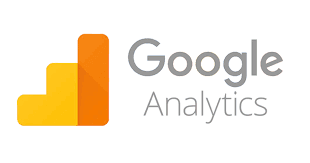
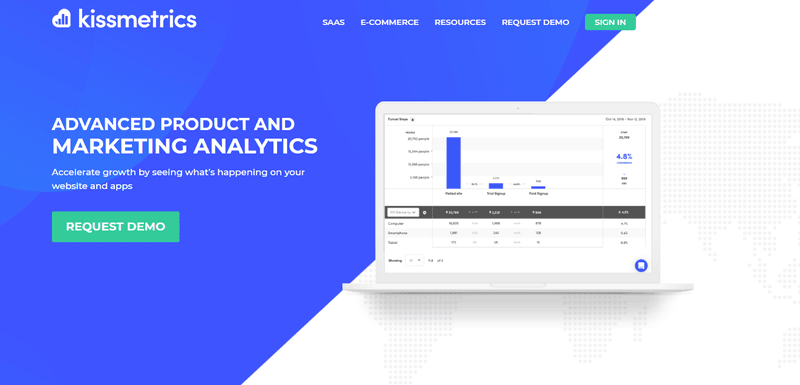

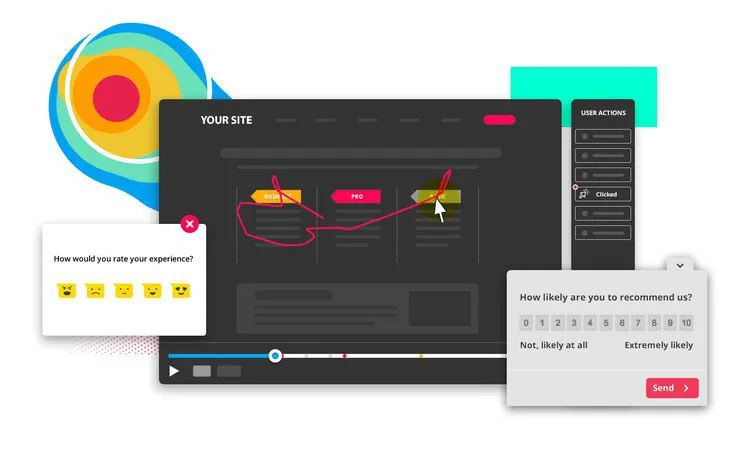
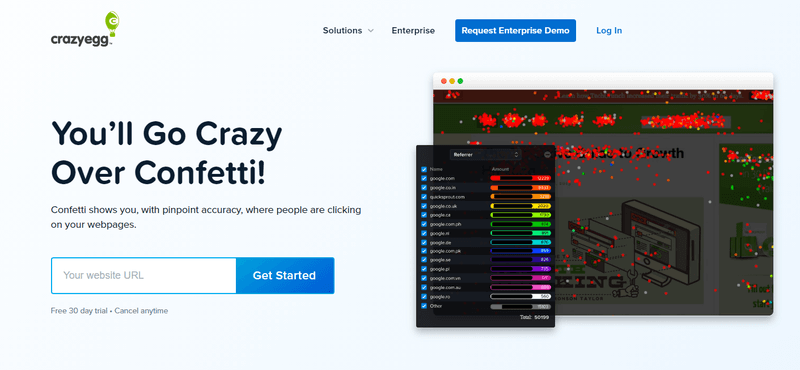
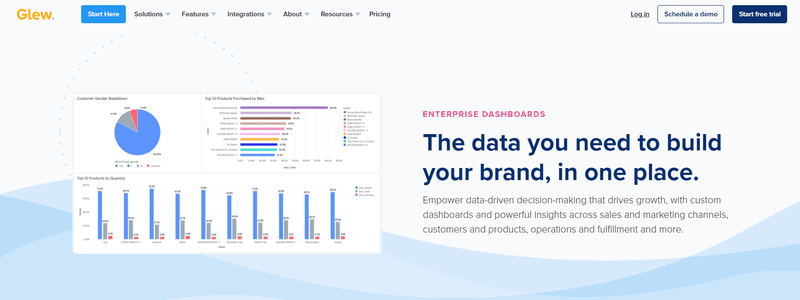
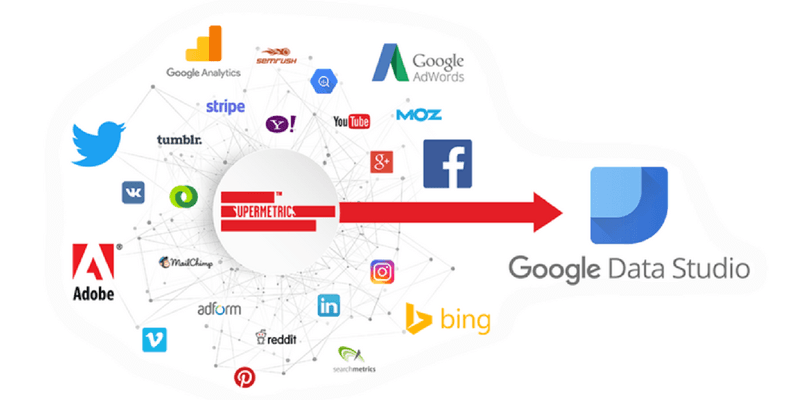
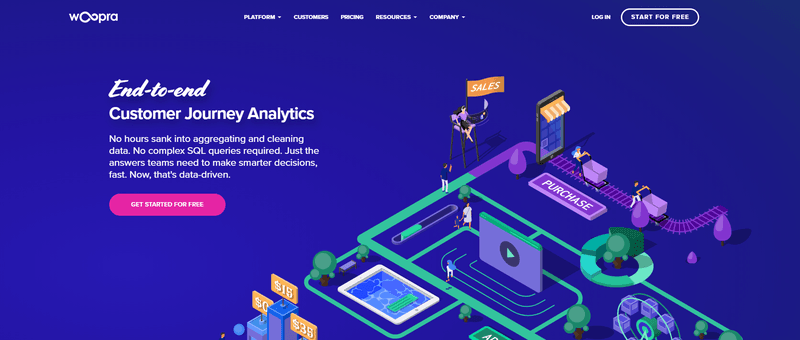




![Top Ad Creatives for Ecommerce Campaigns + 250 Ads Examples [Free Deck]](https://entail.mayple.com/en-assets/mayple/fit-in/280x280/620528f3a07e7911356ddec6_shopifyarticle91_a30de8535349b8841f4d549c6933f594_2000-1699776115075.jpg)
![The All-in-One eCommerce Advertising Report Template [FREE]](https://entail.mayple.com/en-assets/mayple/fit-in/280x280/6357cd8ca09f4226830e993b_ecommerceadvertisingreporttemplate1_ec808102f982300e6f9871d340c1a91a_2000-1699775593744.png)